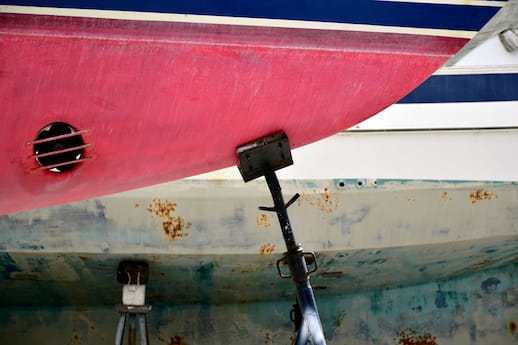
From its humble beginnings as a colonial craft to a modern industrial force, U.S. shipbuilding has long been a cornerstone of American innovation and industrial excellence. In the 17th and 18th centuries, colonies capitalized on plentiful timber and skilled labor to build wooden ships, with Massachusetts emerging as a key hub. By the late 1800s, breakthroughs like iron and steel hulls and steam power transformed the industry, paving the way for advanced fleets that served both trade and military needs. American shipyards later proved essential during World Wars I and II, producing thousands of vessels for national security. Today, however, the rise of China's aggressive policies and strategic investments has dramatically reshaped the global market, growing its share from less than 5% in 1999 to over 50% by 2023 and capturing 61.4% of new orders by 2024. This shift not only sidelines U.S. shipbuilders but also raises questions surrounding economic security.
With this interest in mind, the Trump administration is spearheading an ambitious plan to revive the U.S. shipbuilding industry with the intention to consolidate its manufacturing power back into the states. President Donald Trump recently announced a $20 billion investment from French-based shipping giant CMA CGM to support U.S. shipping logistics and terminals, a move expected to create 10,000 jobs over four years. This includes expanding container ports and establishing an air cargo hub in Chicago with five new Boeing 777 freighters. To support domestic shipbuilding, the administration is drafting an executive order featuring an 18-point plan, including the creation of a Maritime Security Trust Fund and incentives like tax credits, grants, and loans. The White House is also establishing a dedicated shipbuilding office within the National Security Council, showing its commitment to this initiative. The move has bipartisan backing, with figures like Jake Sullivan, former national security adviser, praising its potential to counter China’s dominance in the $150 billion global ocean shipping industry. This will come as a solid policy framework that could rejuvenate an entire industry critical to economic and national security, making U.S. shipbuilding firms and related logistics companies attractive prospects.
Famously known for using tariff as weapon, Trump administration’s strategy now includes imposing steep port fees on Chinese-built ships, potentially up to $1.5 million per vessel, hoping to loosen China’s grip on maritime logistics. This follows a Biden-era probe concluding that China’s unfair practices have powered its dominance, a concern echoed by bipartisan lawmakers worried about diminishing U.S. naval readiness. CMA CGM’s CEO, Rodolphe Saade, has warned that such fees would impact all shipping firms, including his own, which operates in a vessel-sharing alliance with China’s COSCO. Meanwhile, COSCO subsidiaries face U.S. sanctions due to alleged military ties. The strategic importance of shipping is undeniable with cargo ships accounting for 90% of transport for military equipment in overseas conflicts, making this sector a geopolitical hotspot. Investors could monitor U.S.-flagged carriers like CMA CGM, aiming to expand its fleet to 30, and firms reducing Chinese exposure, as they adapt to evolving policies.
As a result to this new policy, Hong Kong’s role as a shipping hub came under pressure. Shipping executives are quietly relocating operations and reflagging vessels to jurisdictions like Singapore and the Marshall Islands in fears of asset seizure by Chinese authorities or U.S. sanctions in a likely conflict, such as one over Taiwan. Independent analysis shows an 8% drop in Hong Kong-flagged oceangoing vessels since 2021, with 74 ships moving to Singapore and the Marshall Islands in 2023 and 2024 alone. This transition coincides with Beijing’s tightened security grip on Hong Kong, including national security laws that raises the risks for shipowners. While Hong Kong’s government boasts its name brand as a maritime centre, contributing 4.2% to its GDP in 2022, the mass exodus shows a growing industry wariness. This trend confirms opportunities in regions gaining maritime prominence, such as Singapore, which offers a stable legal environment and operational efficiencies.
Source: Reuters, Asia Financial, Defense One
Photos: Unsplash
